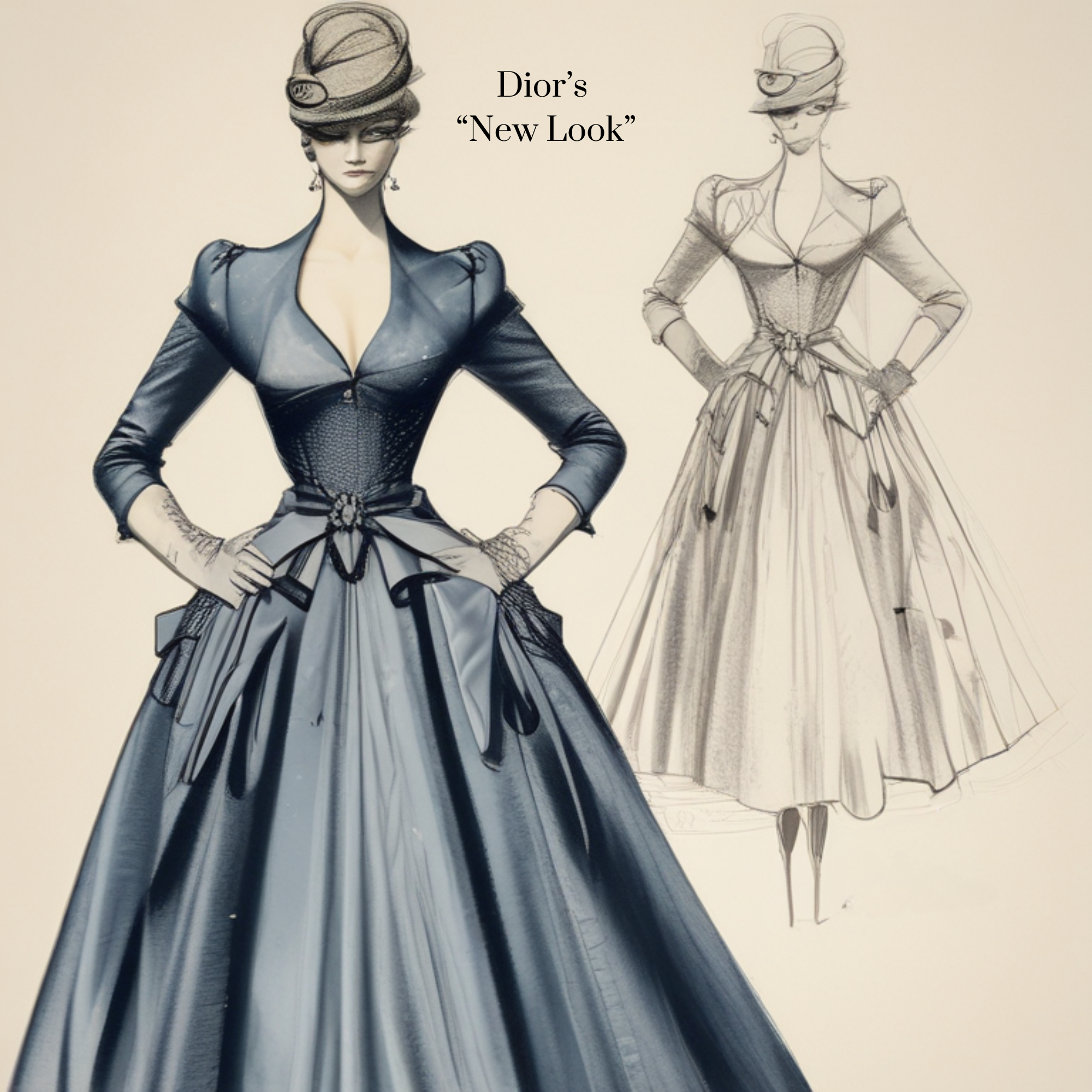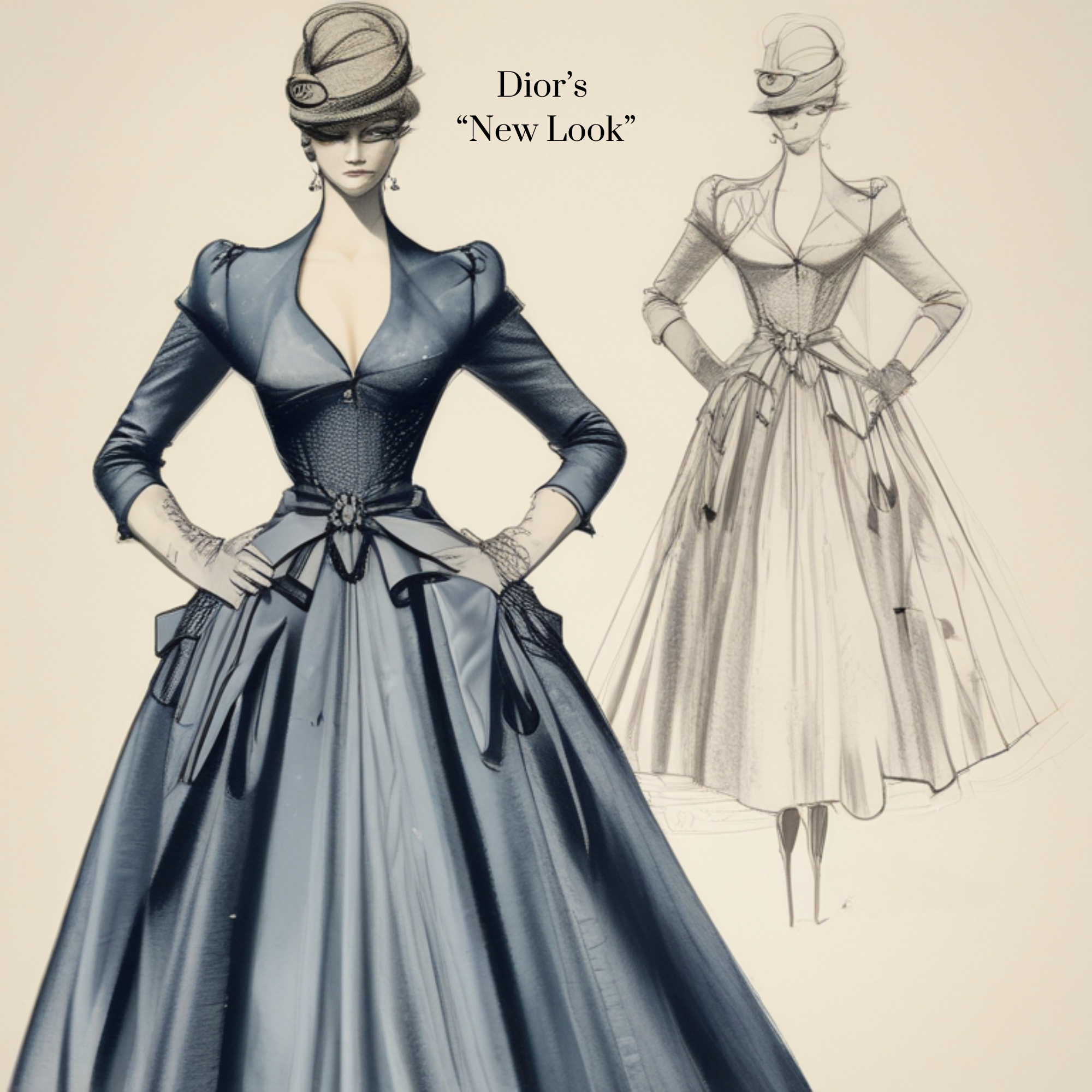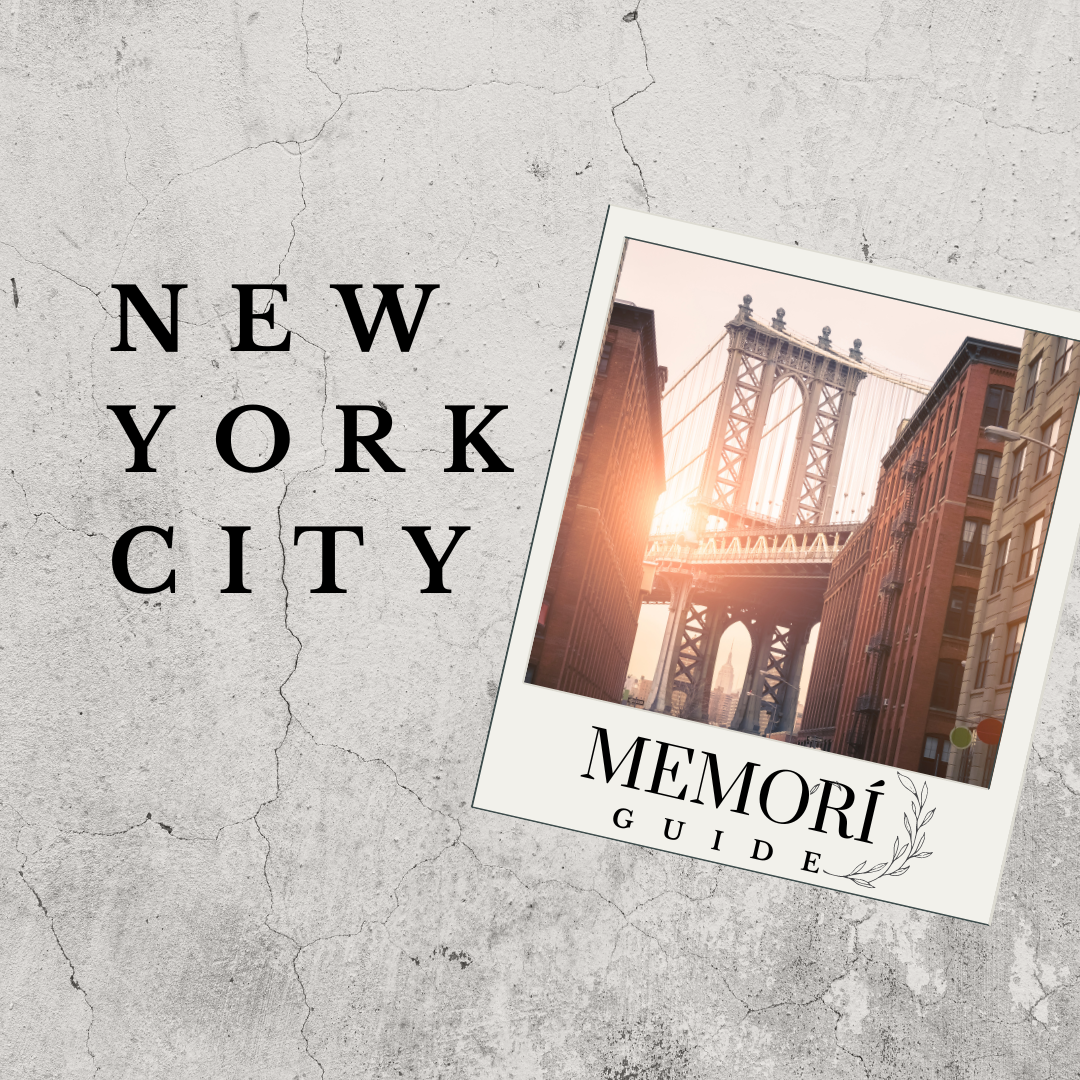For centuries, the term "luxury brand" conjured images of exclusivity, elite craftsmanship, and products painstakingly made by skilled artisans. However, the definition of luxury has dramatically shifted over the last 70 years. Today, the perception of luxury is often more about celebrity endorsement and high price tags than the quality and craftsmanship that once defined it. This transformation has left consumers questioning: What does “luxury” really mean? Are all expensive brands luxury brands?
The Golden Age of Craftsmanship
In the mid-20th century, luxury brands were synonymous with impeccable quality and rarity. These brands thrived on their commitment to traditional methods, where each product was a testament to exquisite attention to detail. Fashion houses like Hermès and Chanel were revered not just for their exclusivity but for the undeniable quality of their handcrafted goods.

The Rise of Mass Production
As technology advanced, so did the capabilities for mass production. Machinery streamlined processes that once required skilled hands, enabling companies to produce goods at an unprecedented scale. This shift allowed luxury brands to meet growing demand but often at the expense of the craftsmanship that made their products special.

The Modern Definition: Celebrity and Price Point
Today, the strength of a luxury brand is frequently gauged by the number of celebrities endorsing it and its price point. The actual quality of the products has, in many cases, become an afterthought. Brands like Gucci and Balenciaga are seen more often on red carpets and Instagram feeds than in the workshops of master artisans. The allure of these brands now hinges on their association with fame and wealth, rather than the painstaking effort and skill that go into their creation.
The Corporate Takeover
The luxury landscape has also changed in terms of ownership. Thirty years ago, many luxury brands were family-owned or operated by private entities with a deep-rooted passion for their craft. Today, a significant number of luxury brands are owned by large, publicly traded conglomerates. Companies like LVMH (Louis Vuitton Moët Hennessy) and Kering now control numerous luxury brands, from Christian Dior to Saint Laurent. While these conglomerates have helped luxury brands expand globally, they have also driven a focus on profit maximization, often at the expense of the brands' original values.
True Luxury: Craftsmanship and Rarity
Despite these changes, true luxury remains rooted in the principles of traditional methods, craftsmanship, exquisite attention to detail, and rarity. Brands that adhere to these values continue to stand out in an increasingly crowded market. For instance, Polène and Memorí, both relatively new players in the luxury space, have gained reputations for meticulous craftsmanship and elegant designs, despite not having a long heritage.
The Concept of Quiet Luxury
"Quiet luxury" refers to brands that exude sophistication and quality without overt branding or flashy designs. These brands cater to discerning consumers who appreciate subtlety and refinement. Labels like The Row and Loro Piana epitomize this trend, offering products that speak volumes through their craftsmanship rather than logos.
Case Study: The Transformation of Christian Dior
Christian Dior is a prime example of how a luxury brand can evolve. Once the epitome of luxury with its revolutionary designs and unparalleled quality, Dior has transformed into a brand focused on profit maximization and wealth flaunting. While it still produces high-quality items, the brand's emphasis has shifted towards creating a status symbol rather than a masterpiece of craftsmanship.

Not All That Glitters is Gold
It's essential to recognize that not everything expensive is luxurious. High prices can be driven by marketing, celebrity endorsements, and brand positioning rather than the inherent quality of the product. Consumers should look beyond the price tag and examine the materials, craftsmanship, and attention to detail that define true luxury.

Luxury Brand, Yes or No? Use this checklist.
if 9 or more of these criteria are met, it is safe to say it is a Luxury brand
- Uses the highest quality available materials
- Is not commonly found or mass produced (rare)
- Product is generally full price in stores, and is not often seen on sale or being gifted away
- Brand itself or the craftsmen producing the designs have a long history of bringing products like these to life
- Does NOT use underpaid labor or child labor
- Chooses sustainable and ethical materials wherever possible without impacting quality
- Handmade or has handmade elements
- Not made in China, India, Bangladesh, or other countries with a track record of unethical working practices
- Has distinguished list of celebrity and high society clientele
- Prioritizes an elevated customer service experience
- Boasts a strong brand identity and brand story
- Scarcity - Demand outweighs Supply
*notice that a high price or popularity are not a criteria of a luxury brand.
Conclusion
The definition of luxury has undoubtedly shifted over the past 70 years. While celebrity endorsements and high prices dominate today's luxury market, true luxury remains grounded in traditional craftsmanship and exclusivity. As consumers become more discerning, there's a growing appreciation for brands that honor these timeless principles. Understanding what makes a luxury brand and asking are all expensive brands luxury brands? can guide us back to the essence of luxury that transcends mere price and fame.
By recognizing and supporting brands that prioritize quality and craftsmanship, we can ensure that the true spirit of luxury endures in a rapidly changing world.








Leave a comment